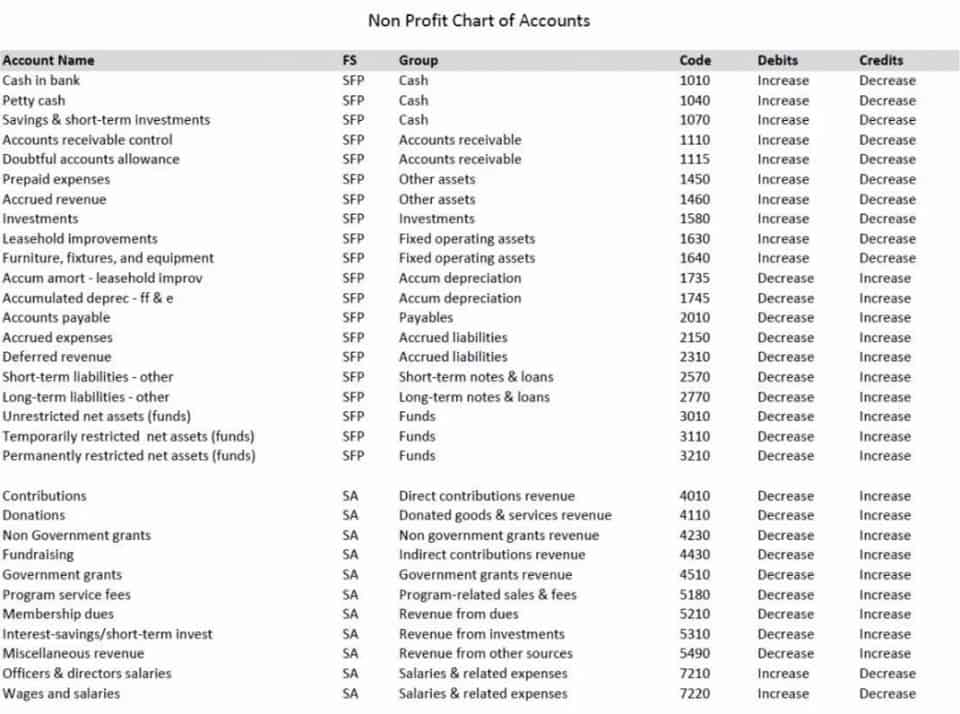Single-Step vs Multi-Step Income Statement: Key Differences for Small Business Accounting

Unlike single-step financial gain or loss statements, a multiple-step financial statement offers elaborate data regarding the margin and operative profit of an organization. The calculation of the first section shows the gross profit of business by deducting the cost of goods sold (COGS) from the total sales. It is an important figure for the creditors, investors, and internal management as it depicts how profitable a company is at selling the goods or making the products. All publicly-traded companies in the U.S. must adhere to Generally Accepted Accounting Principles (GAAP), which are accounting standards issued by the Financial Accounting Standards Board (FASB).
Simple Format
- This format provides a clearer picture of a company’s core business performance and is preferred by larger organizations and those with complex financial structures.
- In this case, expenses are categorized and listed in sections, such as cost of goods sold (COGS), operating expenses, and other expenses.
- A multi-step income statement breaks down performance into operating and non-operating sections, providing gross profit and operating income.
- This breakdown showcases the profitability of a company’s primary business activities, allowing for a better understanding of how effectively it can generate revenue and manage its operating expenses.
- You should consult your own legal, tax or accounting advisors before engaging in any transaction.
- A single step income statement is one of the most basic and straightforward financial statements.
Imagine you’re trying to understand a complex map of your business’s financial health. The multi-step income statement is like that map, but instead of roads and landmarks, it uses categories to help navigate through the financial data. This feature allows for a detailed breakdown of different aspects of your company’s performance.
Business
- Non-operating items, including non-operating revenues, non-operating expenses, and non-operating gains (losses), are shown separately from operating revenues and operating expenses.
- These metrics provide valuable insights into how well a business manages its production costs and operating expenses relative to its sales.
- In the following example, the “Gross profit” section breaks down things like the company’s revenue and COGS and calculates the gross margin.
- On this multi-step income statement, there is interest expense, interest income, a non-operating gain, and income tax expense.
- Along with the other major financial statements, income statements help your accounting department get a clearer picture of your business’ health and make sure you’re meeting your financial responsibilities.
- Think of it as knowing whether your lemon zest or chocolate chips contribute more to the overall flavor and value of your final product.
- On this multi-step income statement, the operating expenses are listed as selling, general, and administrative expenses.
Management accountants use another type of multi step income trial balance statement for internal use that separates fixed and variable costs to compute the contribution margin. Another application for a multiple-step income statement is dividing costs into direct and indirect costs for cost accounting by management accountants. A very small business like a sole proprietorship is more likely to prepare a single step income statement. The Gross profit part of a multi step income statement shows Net Revenues (Net Sales and Net Service Revenues) minus Cost of goods sold.

Key Components of an Income Statement
A single-step income statement lists the revenue and expenses and uses this information to calculate the net income or net loss. In contrast, a multi-step income statement uses three steps to compute the net income and separates the non-operational and operational revenues and expenses. The single-step income statement offers a straightforward journey on one path, simplifying calculating a company’s net income in one fell swoop. This direct route focuses on the bottom line without detouring into the operational specifics that generate the numbers. When it comes to comparing a multi-step income statement vs a single-step statement, it is important to consider the type of business you operate.

Surprised, you discover that your expenses have been increasing over the last six months. Income statements are essential reports for any organization, as they give you a general overview of your business’ financial performance. A Multi-Step Income Statement is a statement that differentiates among the incomes, expenditures, profits, and losses into two important sub-categories that are known as operating items and non-operating items. But, there could be times when a small business may want to use a multi-step income statement. A multi-step income statement shows the subtotals that are used to obtain the net income of your business, which can help give you a better idea of how your business is generating its income.

The insurance company paid an amount out of the settlement so that proceeds received from the insurance company will not be considered in total sales; rather, it will be a non-operating income. The advantages of a multi-step income statement over a single-step version are evident in its ability to present a more comprehensive overview of a company’s financial performance. It enables users to identify the specific areas contributing to the profit or loss, thus facilitating a more informed analysis. Net income will be operating income added to nonoperating income, according to the Corporate Finance Institute.

A multi-step income statement breaks down performance into operating and non-operating sections, providing gross profit and operating income. In the single step income statement, all your revenue flows in one gate, much like a direct highway leading straight to your profits. Conversely, with the multi-step income statement, think of it as navigating through a scenic route that allows you to take in various landmarks and understand different aspects of your journey. If a multi step income statement correctly shows the components of Gross profit and separates Operating expenses from Non-operating expenses, accountants can use it to comply with generally accepted accounting principles (GAAP). A small business that has a simple operating structure, such as partnerships or sole proprietorships, could use either single-step or multi-step income statements. A multi-step income statement gives the details of the operating multi step income statement expenses and operating revenues as well as the non-operating expenses and revenues.

Greater Financial Detail and Clarity
Management accountants and financial analysts use other types of multi-step income statements, showing separate sections for fixed and variable costs or direct and indirect costs. Ultimately, clear and accurate financial reporting supports better management, stronger stakeholder relationships, and sustainable business growth. Whether using single-step or multi-step income statements, consistent and transparent financial practices remain fundamental to business success. For example, if a business has significant non-operating revenues or expenses, such as interest income or losses on asset sales, these items are not separated.
How Small Businesses Can Implement These Income Statements
However, the vast majority of IFRS-compliant financial statements mimic the multi-step concept by presenting line items such as revenue, cost of sales, operating income, and finance cost. Entities Outsource Invoicing should follow IFRS guidance (IAS 1) for minimum line items and ensure relevant subtotals and disclosures are clear. There are several factors that support the need of knowing several ways of income statement presentation and their underlying foundations.
Automating Finance Systems: The Critical Solution to Today’s Accounting Talent Shortage
- Add the operating income to the net non-operating expenses and losses as well as the gains and revenues to obtain the net income or loss.
- With years of experience and a passion for helping businesses succeed, Robert brings a wealth of knowledge and insights to Salestaxcel.
- For small businesses, choosing between a single-step and a multi-step income statement is like selecting the right tool for a specific job.
- Single-step income statements report the revenue, expenses, and profit (or loss) of a business during a specific period.
Many startups, sole proprietors, and partnerships have relatively straightforward financial transactions that do not necessitate detailed categorization. For these entities, a single-step income statement provides enough information to understand profitability without overwhelming detail. This format is also preferred when presenting financial statements to external stakeholders such as banks, investors, or potential partners. Detailed reports build confidence in the company’s financial management and can facilitate funding or investment opportunities.
